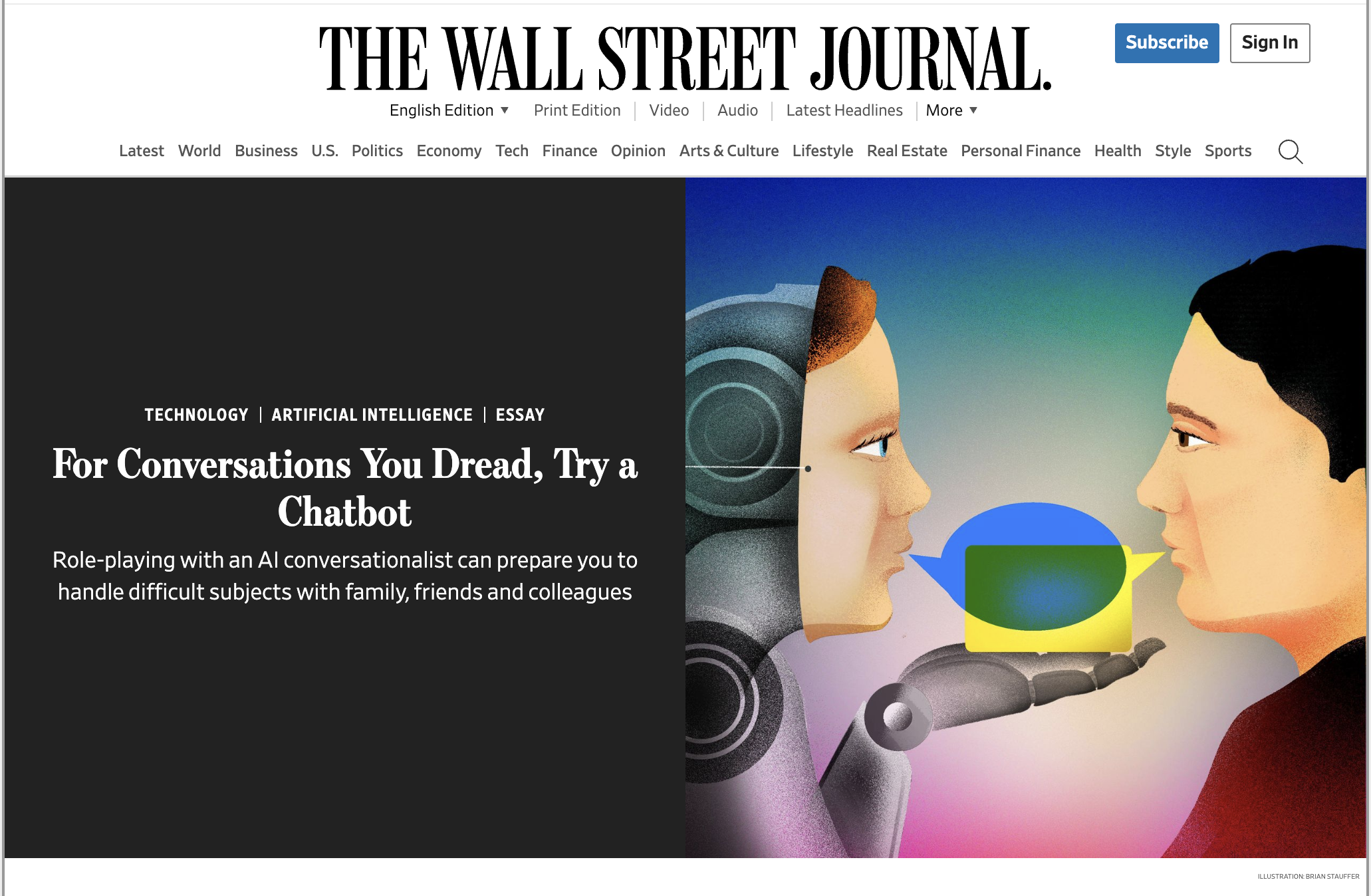Curate Learning Partners
This post comes from my friend Peter Sims. Peter is a creator. Of books (Little Bets & True North); of companies (Black Sheep - BLK SHP) and ventures (at X, the Moonshot Factory); and, of social innovations and movements (co-founder, GivingTuesday and FUSE corps); but, he lives for his relationships.
***
Not long after publishing the book Little Bets, I got to know and work with Beth Comstock, the highly respected and visionary Chief Marketing Officer of G.E.. Her curiosity was voracious. She asked a few similar questions each time we met: What trends are you seeing? What’s interesting to you these days? Comstock was looking for interesting patterns and insights across different industries and where the early adopters were headed.
I got to understand her approach even more as a member of an innovation advisory board at G.E., a group of half a dozen thought partners she tapped to understand where the world might be headed. Comstock, I discovered, had an elaborate informal network of dozens of learning partners who had leading insights — from producers in Hollywood like Brian Grazer to technologists like Reid Hoffman and Vivienne Ming to entrepreneurs and social innovators in the grassroots of Detroit and Louisville.
It explained how she oversaw the initial development of Hulu, became a top CMO of her generation (who Steve Jobs twice tried to recruit), then rose to become the first female Vice Chair of G.E., overseeing innovation.
This is how visionary leaders get fuel: they have the best learning partners.
Steve Jobs wasn’t a computer scientist. He had no training in hardware or industrial design. He was never a professional manager.
Like Comstock, however, Jobs surrounded himself with the best learning partners. It was on a walk with the legendary technologist Alan Kay that Jobs got pointed to a then little-known 3-D graphics animation entity called Pixar. Brilliant managers Bill Campbell and Bob Iger helped him navigate big company leadership challenges. Jony Ive was his design partner (with whom he had lunch with almost every day he was at the Apple Campus). Pixar co-founders Ed Catmull and John Lasseter taught Jobs about digital animation technology and storytelling techniques. Architect Peter Bohlin partnered with Jobs first to design a small sales office for NeXT, then later to design Pixar’s headquarters as well Apple’s first retail stores. Meanwhile, Tokyo gallerist Matsuoka Haruo taught him about Japanese culture and art. Always, Jobs relentlessly studied the world, learning from Bauhaus architecture, car designers, artists, calligraphers, and great storytellers.
“Creativity is just connecting things,” Jobs famously said, “When you ask creative people how they did something, they feel a little guilty because they didn’t really do it, they just saw something. It seemed obvious to them after a while. That’s because they were able to connect experiences they’ve had and synthesize new things.”
Jobs describes with simplicity what is profound: visionary thinking exists all around us; it just must be synthesized. Once you see the patterns and connect the dots, “The vision pulls you,” Jobs would say.
The bigger problem, though, is that we mostly live in echo chambers that reinforce our points of view rather than widening our apertures of influence. The risk for more Kylie Jenner Pepsi Ad moments or is particularly high especially in such a tumultuous cultural moment. The question becomes:
Do we want to lead culture, or follow it?
One of the researchers who has long-studied visionary leadership is Jay Conger, a Professor of Leadership at Claremont McKenna. To illustrate the necessary blend of curiosity and purpose required for visionary leadership, Conger draws upon Alice in Wonderland. “Serendipity was the starting point for her adventure,” he writes in Creative Action in Organizations. Conger highlights Alice’s process as his way of seeing parallels, one of the most important qualities of visionary leadership. “Sensing the rabbit was unique, Alice was intent to discover more. So, intent on her adventure, she seemed oblivious to any risks. Quite remarkably, these very qualities of Alice’s are similar to those of creative and visionary leaders.”
Aside from the requisite curiosity and purpose, our ‘white rabbits’ to discover, being visionary is dependent on the breadth and quality of our inputs. Just as Jobs and Comstock widened their apertures of influence, we can all carefully curate a system of the best possible learning partners around us.
Related: Convene A Junto
Related: Input—>Output
Related: Enlist A Co-Conspirator
Related: Rally A Learning Cohort
Click here to subscribe to Paint & Pipette, the weekly digest of these daily posts.










You know that moment when someone tells a story so perfectly out-of-step with the times that you laugh—then realize you're guilty of your own version? That's exactly what happened when Brice Challamel, Head of AI at Moderna, shared the origin of their company AI transformation mantra, "Don't be Fred".